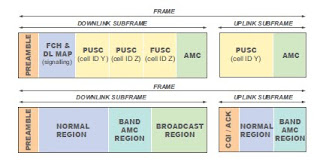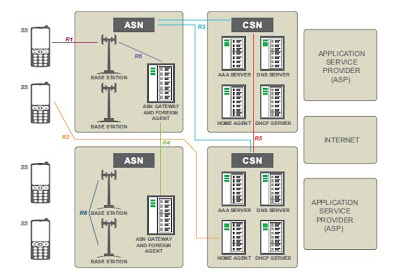Deploying updates on clients in WSUS environment
Query: I am little bit confused regarding deploying updates on clients using WSUS server, i have configured some four clients using group policy to point to WSUS server, that clients are shown in WSUS administrationtconsole but how to deploy updtes from server to client i want the procedure , also i want to schedule the client for getting updtes informtion from server. so plz help me out for this problem asap. Solution: Check this Server Side after SUS Installation Synchronizing SUS If you are not already viewing the SUS administration page, open Internet Explorer and navigate to http://yoursusSERVER01/SUSAdmin. To view the SUS administration site, you might need to add Server01 to the Local Intranet trusted site list to access the site. Open Internet Explorer, and choose Internet Options from the Tools menu. Click the Security Tab. Select Trusted Sites, and click Sites. Add yoursusServer01 and yoursusServer01.contoso.com to the trusted site list...









